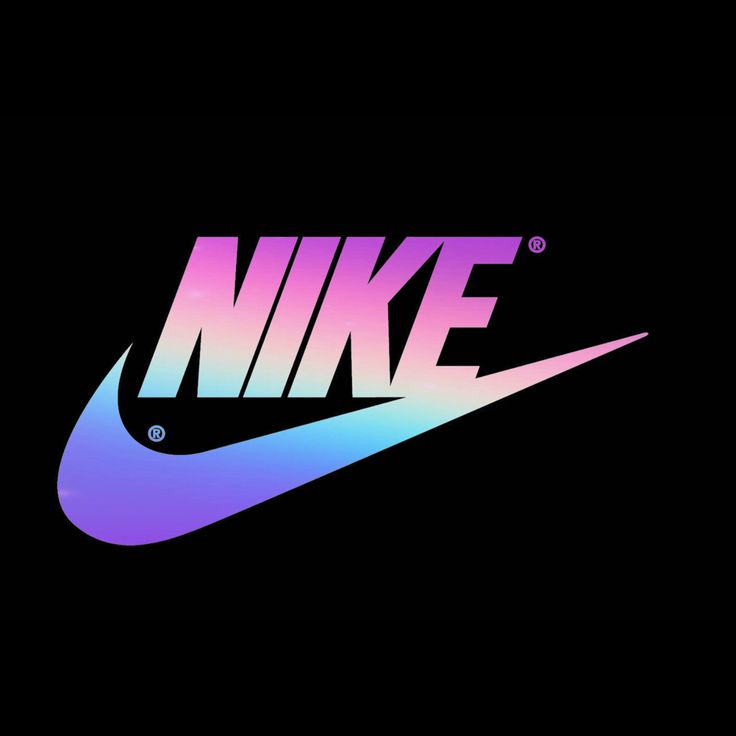How to Make an App Like Google Fit
Creating an app like Google Fit can be a game-changer in the health and fitness industry. With the global fitness app market projected to grow significantly, it’s the perfect time to tap into this opportunity. In this blog, we’ll walk you through the essential steps, strategies, and technologies needed to develop a fitness app that rivals Google Fit. By the end, you’ll understand how to make an app like Google Fit and how Sodio can help bring your vision to life.
Why Build an App Like Google Fit?
Fitness apps have seen a surge in popularity, with millions relying on them to track their health goals. Google Fit, in particular, stands out due to its seamless integration with wearables, intuitive interface, and data-driven insights. Here are a few reasons why building an app like Google Fit is a smart move:
- Growing demand: The global fitness app market is expected to reach $15.96 billion by 2028.
- Health-conscious users: People are increasingly prioritizing their health and wellness.
- Wearable tech integration: Devices like smartwatches and fitness bands are becoming mainstream.
By creating a feature-rich and user-friendly fitness app, you can cater to this expanding audience and establish a strong foothold in the market.
Key Features of a Google Fit-like App
To build a successful fitness app, you need to incorporate features that resonate with users and provide value. Here are the must-have features:
1. Activity Tracking
Enable users to track activities like walking, running, cycling, and more. Ensure the app supports:
- Step counting
- Distance tracking
- Calorie calculation
2. Health Data Integration
Integrate with APIs like Google Fit’s Health API or Apple HealthKit to gather comprehensive health data, including:
- Heart rate
- Sleep patterns
- Stress levels
3. Goal Setting and Progress Monitoring
Allow users to set fitness goals and track their progress. Include visualizations like charts and graphs to make data interpretation easier.
4. Wearable Device Compatibility
Ensure compatibility with popular wearable devices such as Fitbit, Garmin, and Samsung Gear. This enhances user engagement and app functionality.
5. Personalized Insights
Leverage AI to provide personalized recommendations based on user data. This could include workout suggestions, diet tips, and more.
6. Gamification
Add elements like achievements, leaderboards, and challenges to keep users motivated and engaged.
Steps to Make an App Like Google Fit
Building a fitness app involves multiple stages, from ideation to launch. Here’s a step-by-step guide:
Step 1: Market Research and Ideation
Conduct thorough market research to understand user needs and identify gaps in existing fitness apps. Define your app’s unique value proposition and key features.
Step 2: UI/UX Design
Design an intuitive and visually appealing interface. Focus on:
- Simple navigation
- Clear visual hierarchy
- Engaging user experience
Step 3: Backend Development
Develop a robust backend to handle data storage, user authentication, and API integrations. Use secure and scalable technologies to ensure smooth performance.
Step 4: Integration of APIs
Integrate APIs like Google Fit API, Map APIs for route tracking, and payment gateways for premium features. This enhances app functionality and user experience.
Step 5: Testing and Quality Assurance
Conduct rigorous testing to identify and fix bugs. Ensure the app is compatible across devices and platforms.
Step 6: Launch and Marketing
Launch your app on app stores and implement a marketing strategy to attract users. Use social media, influencer partnerships, and content marketing to build awareness.
Technology Stack for a Fitness App
Choosing the right technology stack is crucial for app performance and scalability. Here’s a recommended tech stack:
- Frontend: React Native, Flutter
- Backend: Node.js, Python (Django/Flask)
- Database: MongoDB, PostgreSQL
- APIs: Google Fit API, Apple HealthKit, Firebase
- Cloud Services: AWS, Google Cloud
Challenges in Building a Fitness App
While creating a fitness app is rewarding, it comes with challenges:
- Data Privacy: Ensure compliance with data protection regulations like GDPR and HIPAA.
- Accurate Tracking: Develop algorithms for precise activity and health data tracking.
- User Retention: Keep users engaged with regular updates, new features, and personalized content.
Why Choose Sodio for Fitness App Development?
At Sodio, we specialize in creating innovative and user-centric mobile apps. Here’s why we’re the ideal partner for your fitness app project:
- Expertise: Proven track record in developing health and fitness apps.
- Customization: Tailored solutions to meet your specific needs.
- Support: End-to-end support, from ideation to post-launch maintenance.
Explore our services to see how we can help you succeed.
Conclusion
Building a fitness app like Google Fit is a rewarding endeavor that can make a significant impact in the health and wellness industry. By focusing on user-centric features, leveraging advanced technologies, and partnering with experts like Sodio, you can create an app that stands out in the market.
Ready to turn your idea into reality? Contact us today to start your fitness app journey.







